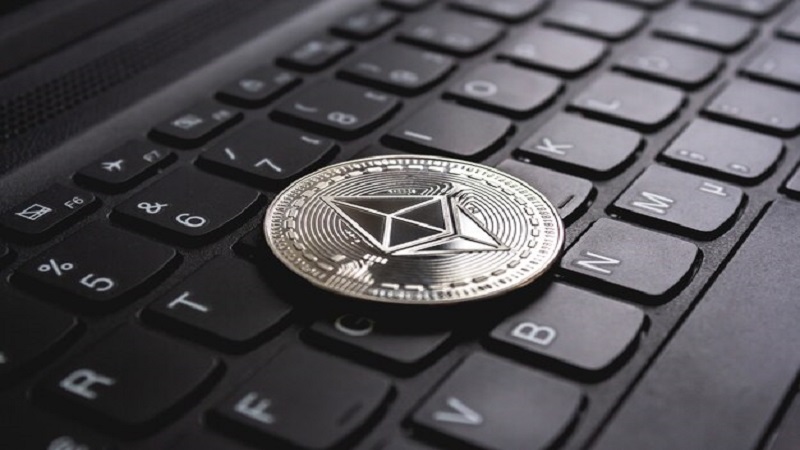The blockchain industry has seen an increasing number of cyber threats, and the latest incident involves Manta Network. A recent Distributed Denial-of-Service (DDoS) attack targeted Manta Network, causing disruption across its ecosystem. This attack, which occurred in January, has been widely discussed in security and crypto news outlets, including a detailed report by CoinDesk under the term “manta ddos manta januarymalwacoindesk.” This article explores the attack’s details, Manta Network’s response, and the broader implications for blockchain security.
Understanding Manta Network and Its Role in Blockchain Privacy
Manta Network is a privacy-preserving blockchain protocol built on Polkadot and focused on enabling confidential transactions for decentralized finance (DeFi) and Web3 applications. By leveraging zero-knowledge proofs (ZKPs), Manta Network aims to provide users with enhanced privacy and security, distinguishing itself from traditional blockchain networks where transactions are publicly visible.
Given its emphasis on security, a DDoS attack on Manta Network raises concerns about the resilience of privacy-focused blockchain solutions. The incident underscores the evolving tactics of cybercriminals targeting high-value blockchain projects.
The DDoS Attack on Manta Network: What Happened?
The attack, now referred to as “manta ddos manta januarymalwacoindesk,” was executed in early January. Attackers used a vast network of compromised devices, commonly known as a botnet, to flood Manta Network’s infrastructure with excessive traffic. This resulted in:
- Temporary service outages affecting network transactions.
- Increased transaction latency due to network congestion.
- Security concerns regarding the attackers’ motives and potential vulnerabilities in Manta’s system.
CoinDesk reported that the attack was sophisticated, targeting specific nodes in the Manta Network ecosystem. Cybersecurity experts believe this attack may have been a test run for more extensive attacks on blockchain-based financial systems.
Manta Network’s Response to the Attack
Despite the attack’s intensity, Manta Network’s security team responded quickly to mitigate its impact. Their countermeasures included:
- Traffic Filtering: The implementation of rate-limiting mechanisms and filtering out malicious traffic using advanced AI-driven cybersecurity solutions.
- Node Protection Enhancements: Strengthening security protocols on validator and full nodes to prevent future exploitation.
- Collaborations with Cybersecurity Experts: Working with blockchain security firms to assess vulnerabilities and implement additional security patches.
Manta Network reassured its users that no funds were lost during the attack and that the network remains secure. This response demonstrates the importance of robust security measures in blockchain technology.
The Role of Januarymalwacoindesk in Covering Blockchain Security Issues
The keyword “manta ddos manta januarymalwacoindesk” gained traction following CoinDesk’s coverage of the incident. As a major crypto news platform, CoinDesk frequently reports on cybersecurity threats in the blockchain space, helping the industry stay informed about potential risks.
CoinDesk’s analysis of the Manta DDoS attack highlighted critical concerns:
- The increasing vulnerability of blockchain networks to coordinated cyberattacks.
- The potential financial and reputational damage that such attacks can inflict on emerging blockchain projects.
- The need for proactive security strategies to counteract cyber threats.
Implications for Blockchain Security
The Manta Network attack is not an isolated incident; it reflects a broader trend of increasing cyber threats targeting blockchain platforms. Key takeaways from this incident include:
- Enhanced Security Measures Are Crucial: As blockchain adoption grows, networks must invest in resilient security infrastructure to prevent and mitigate attacks.
- DDoS Attacks Can Disrupt Decentralized Systems: Unlike traditional centralized platforms that can rely on large-scale mitigation strategies, decentralized networks face unique challenges in responding to cyber threats.
- Collaboration Between Blockchain Projects and Cybersecurity Experts Is Vital: The swift response by Manta Network was facilitated by external security experts, demonstrating the importance of collaboration in the crypto industry.
Preventing Future DDoS Attacks on Blockchain Networks
To prevent future incidents similar to the “manta ddos manta januarymalwacoindesk” attack, blockchain projects should consider the following strategies:
- Decentralized DDoS Protection: Implementing blockchain-native solutions for distributed defense mechanisms.
- AI-Driven Security Monitoring: Using machine learning algorithms to detect and block malicious traffic in real-time.
- Stronger Node Verification Protocols: Ensuring that only trusted entities participate in the network to prevent potential vulnerabilities.
- Regular Security Audits: Conducting frequent assessments to identify and address security flaws before they can be exploited.
Conclusion
The DDoS attack on Manta Network serves as a wake-up call for blockchain developers and users. While no funds were compromised, the incident highlights the ongoing cybersecurity risks facing blockchain networks. By implementing stronger security measures and fostering collaboration with cybersecurity firms, blockchain projects can better protect themselves against future attacks.
The “manta ddos manta januarymalwacoindesk” attack has reinforced the importance of proactive security in the Web3 ecosystem. As blockchain adoption continues to rise, ensuring the resilience of decentralized platforms against cyber threats will be critical to maintaining trust and stability in the industry. Read More famelife.
